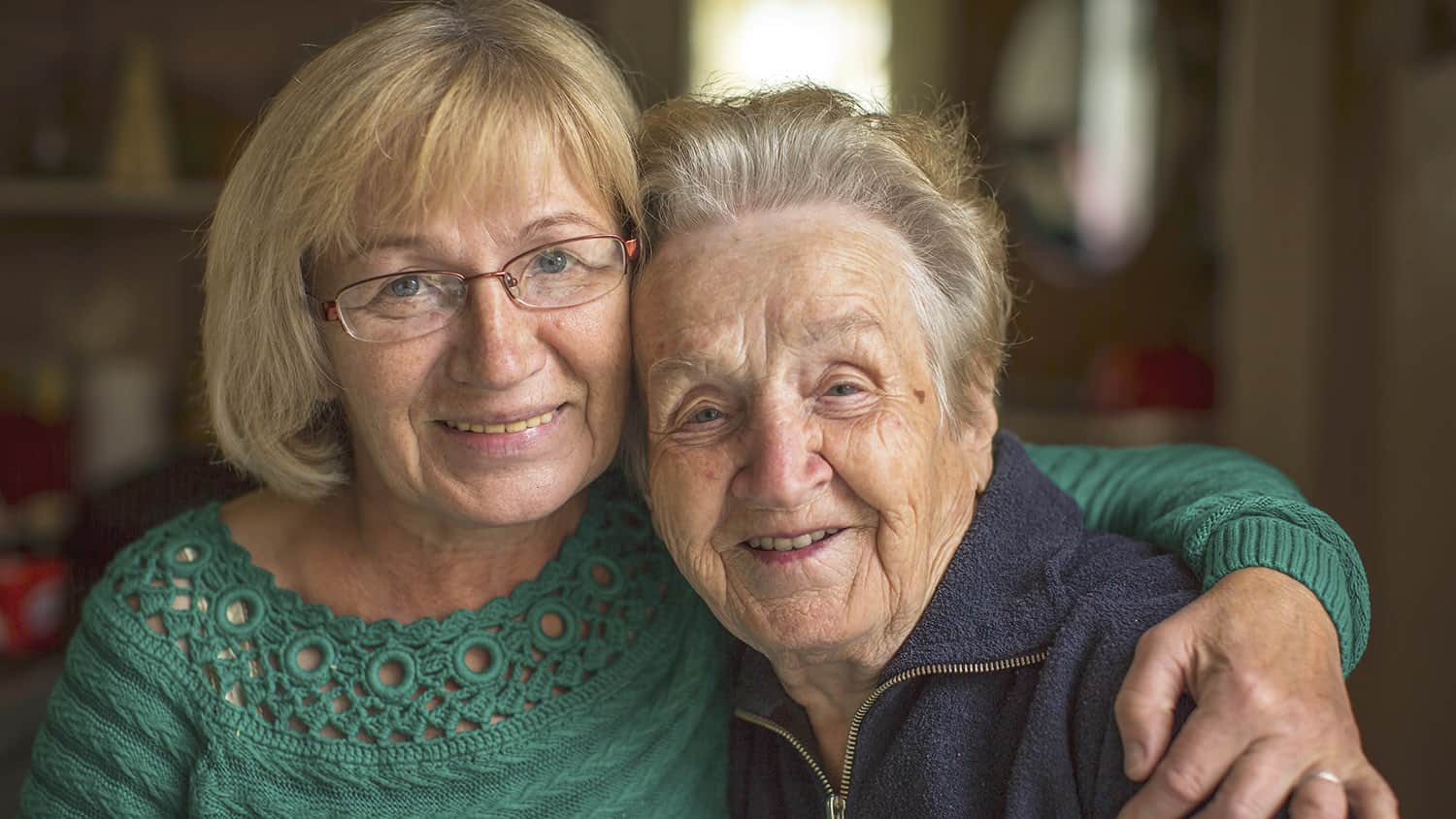
Make Elder Care Decisions Easier by Replacing “The Conversation” with “The Chats”
The other day, I was having a conversation with “Emily,” a Sixty and Me member, about the elder care decisions that her family was facing. Emily, in her 60s, was starting to realize that her mom, in her 80s, might need to move into an assisted living facility or nursing home soon.
She told me that she was terrified about having “the conversation” with her mom. You know the conversation that I’m talking about – it’s the one where you sit your elderly parent down to tell them that, after decades of independent living, they have to leave their home behind and trust others to take care of them.
At least, this is how people think about the elder care conversation. In reality, there is plenty of evidence to suggest that, when careful chosen, an assisted living solution can actually improve both the happiness and safety of our loved one, but, that’s another story.
So, let’s return to the central problem here – how can Emily help her mom to understand that her recent fall was a warning sign that shouldn’t be ignored? How can she raise the fact that her mom is struggling to take care of herself without insulting and alienating one of the most important people in her life.
I’ll be the first to admit that I am not an elder care expert. My advice to Emily was based more on human psychology, in general, than on an extensive foundation of direct experience with assisted living facilities and their residents. That said, by the end of the conversation she felt better about her path forward. So, I thought that it would be useful to share my advice here.
Of course, if you have faced a similar situation, I would love to hear your advice for making elder care decisions easier in the comments section at the end of this article.
Here’s the suggestion that I gave to Emily.
Replace “The Conversation” with “The Chats”
We only build up to a significant conversation with someone we love a few times in our life. We do it when we feel the need to explain “the birds and the bees” to our kids. We also do it when we tell an elderly loved one that we feel it’s time to move into an assisted living facility.
The problem, in both cases, is that the topic is too big to cram into one conversation. The “birds and the bees” conversation isn’t just about the physical aspects of sex. It’s about hormones and emotions, friendship and love, pregnancy and protection.
Likewise, the conversation about moving into an assisted living facility isn’t simple. It’s not about “safety vs. happiness.” It’s not an opportunity to “finally tell your mom what you’ve been going through in having to look after her.”
It is about independence, perceptions of failure or regret, hope for the future, pride in our parents, staying safe and bringing the family even closer together.
My suggestion to Emily was to break “the conversation” down into smaller “chats.” I pointed out that if she grits her teeth and jumps straight into the “meat of the argument” – that it was time for mom to move – she would put one of the most important people in her life on the defensive.
For example, let’s say that your main concern is for your mom’s safety. In “the conversation,” you might say something like, “Mom, I’m really worried about you. When you fell last month, you were really lucky that you had your phone on you. If you hadn’t, I don’t know what would have happened. That’s why I think it’s best if you move to a place where the people can help you to stay safe.”
Here, you are combining two things – your concern and your solution. It is very likely that your loved one, seeing the road that you are trying to lead them down, will challenge either your assessment of the problem or your recommended solution.
Letting the conversation unfold over the course of several months increases the chance that your loved one will come to the same conclusion as you.
Don’t Jump to the Solution Too Quickly
In the alternative approach, you would spend one or more “chats” asking your mom to tell you about her own concerns. Here’s the key part. At least in the beginning, resist the urge to jump to a solution.
At this point, you’re trying to accomplish two things. First, you want to show your loved one that you are on their side. Second, since they won’t be on the defensive, they are more likely to start to realize some of the issues that they are dealing with by living on their own.
This approach isn’t easy. It requires you to think about all of the things that you want your loved one to consider before you recommend moving them to an assisted living facility. Then, it requires you to be disciplined enough to avoid jumping to the solution in every conversation.
Ultimately, this approach may not save you from having a difficult conversation when you finally decide that the time has come to recommend that your loved one move into an assisted living facility. That said, it may take some of the sting out of the conversation.
Even thinking about the word “chats” may change the way that you approach things. Sitting down for “the conversation,” you are likely to have a stern look on your face. Or, perhaps, knowing what is coming next, you may look sad. Both of these emotions will put your loved one on the defensive.
When you sit down for a chat, you do so with a smile on your face. Your only goal is to get to know someone that you care about even better – and that is a worthy goal no matter what else is going on in your life!
Have you ever had to ask someone you care about to move into an assisted living facility? How did you handle the conversation? What advice would you give to someone else who is facing a similar situation? What do you think of the idea of breaking “the conversation” down into “the chats?” Please let us know what you think.
Tags Senior Living






